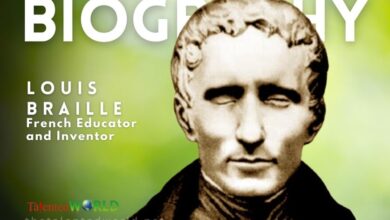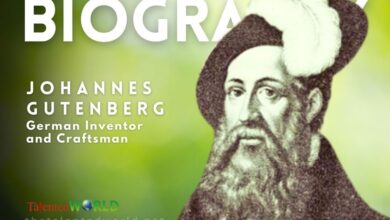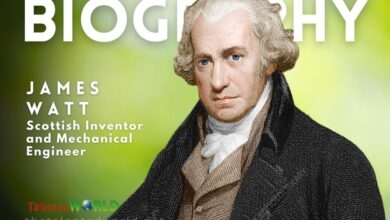| Full Name | Hipparchus |
| Birth Date | c. 190 BC |
| Birth Place | Nicaea, Kingdom of Bithynia (modern-day İznik, Bursa, Turkey) |
| Death Date | c. 120 BC (around age 70) |
| Death Place | Rhodes, Roman Republic (modern-day Greece) |
| Occupations | Astronomer, Mathematician, Geographer |
| Contributions | – Founder of trigonometry – Discovered precession of the equinoxes – Developed quantitative and accurate models for motion of Sun and Moon |
| Notable Achievements | – Developed trigonometry and constructed trigonometric tables – First to predict solar eclipses reliably – Discovered and measured Earth’s precession |
| Nickname | “Father of trigonometry” |
| Legacy | – Considered greatest ancient astronomical observer and overall astronomer of antiquity – First to develop reliable method to predict solar eclipses |
| Key Work | Commentary on the Phaenomena of Eudoxus and Aratus – His star catalog was incorporated into Ptolemy’s, making him “the father of trigonometry” |





